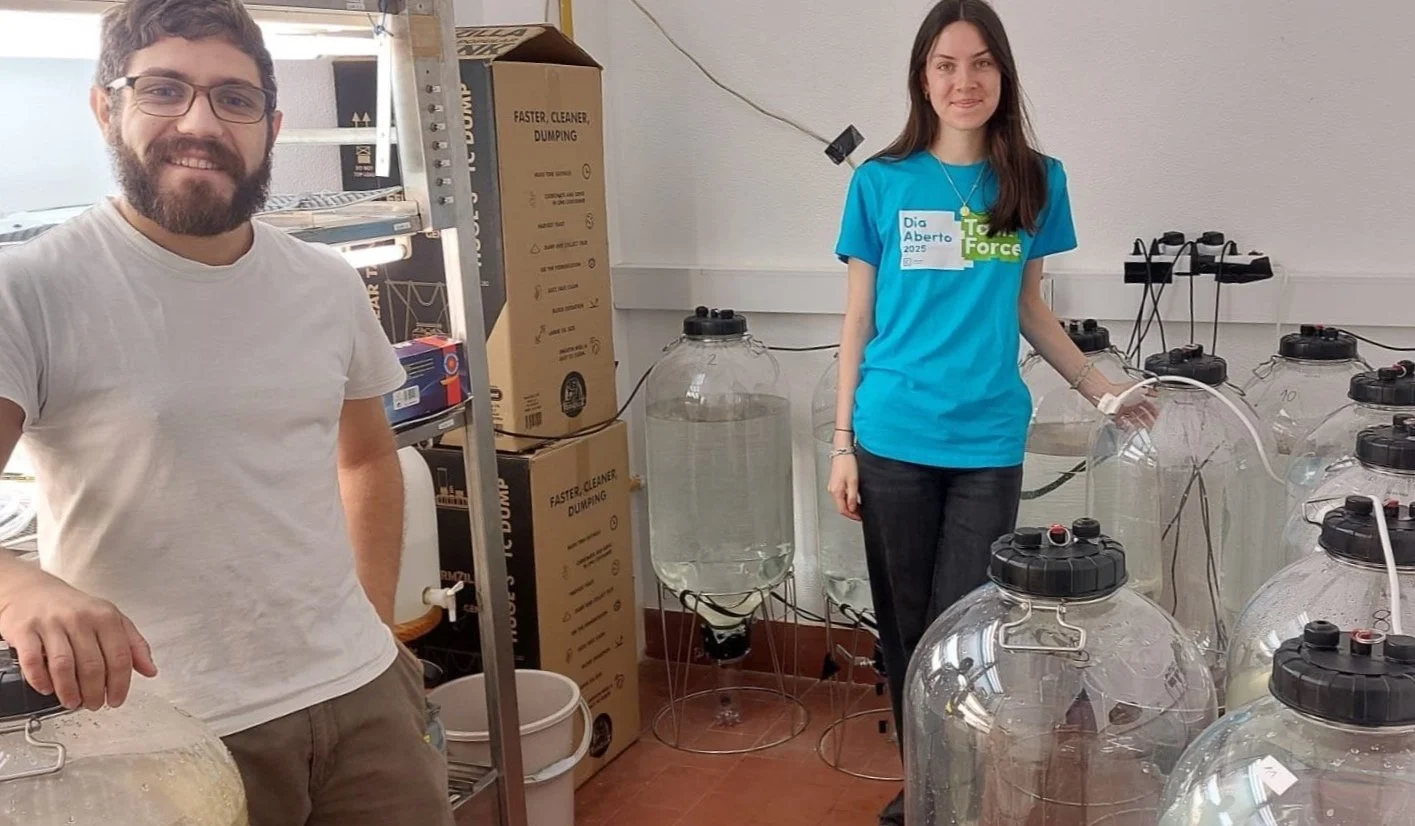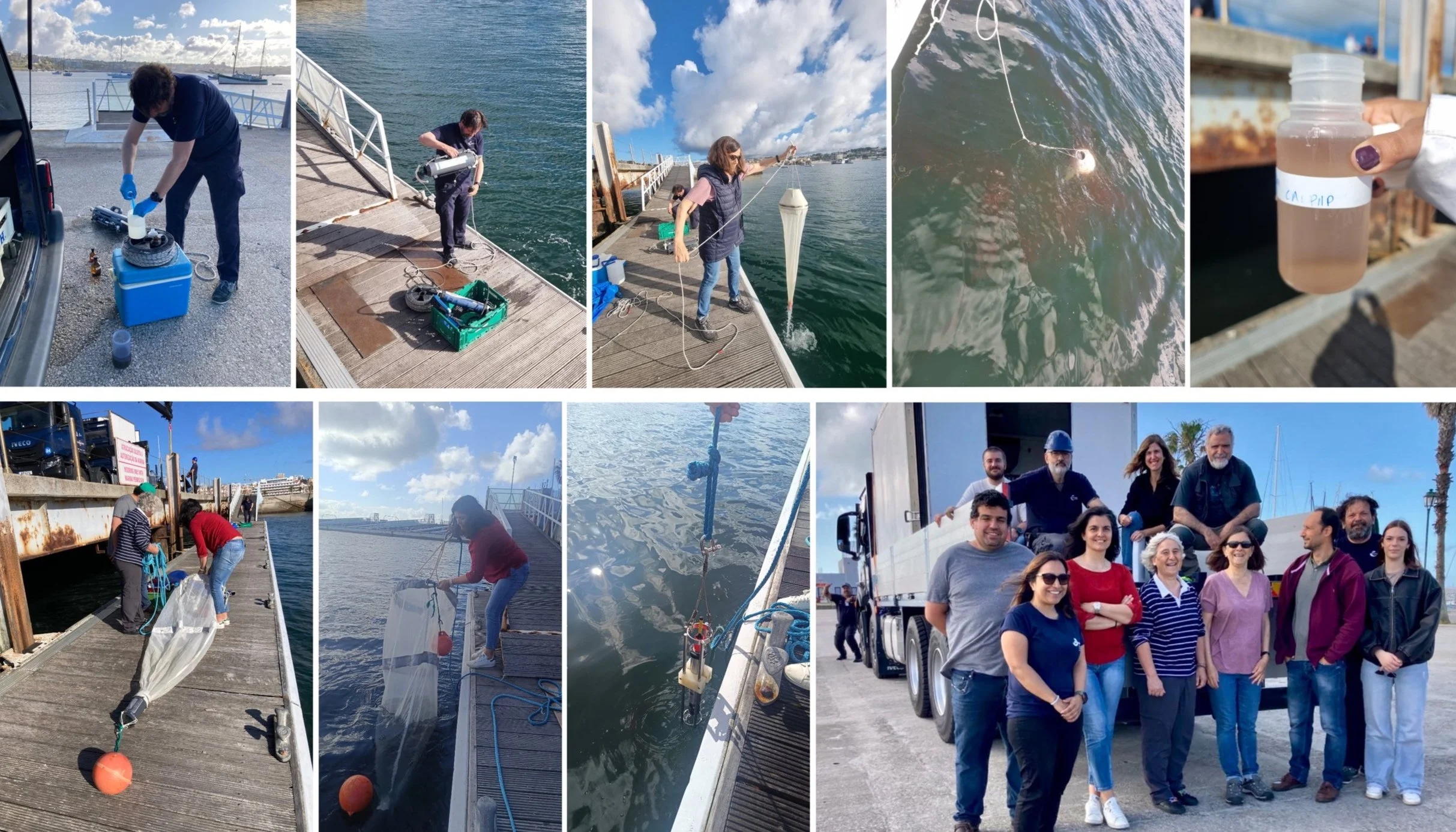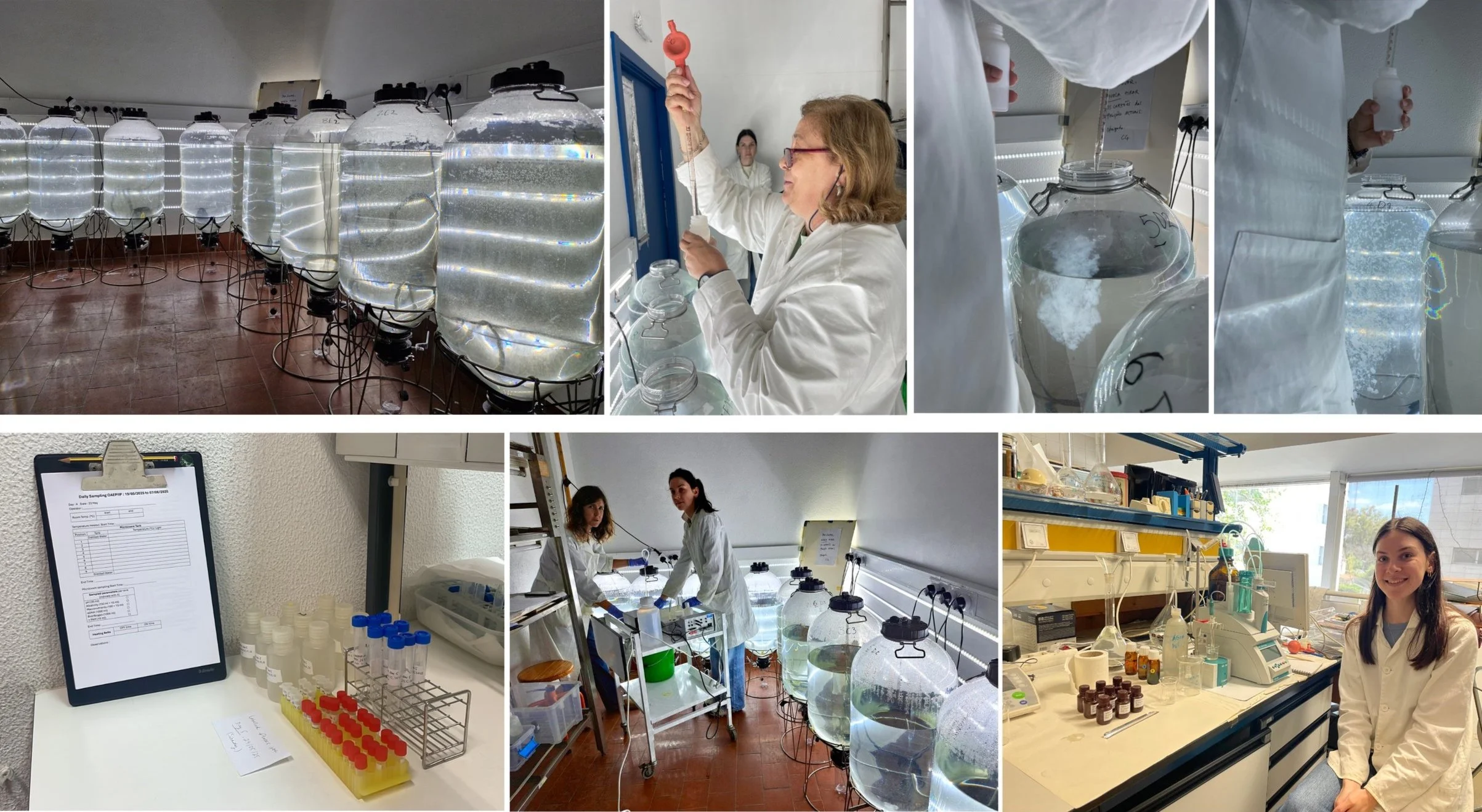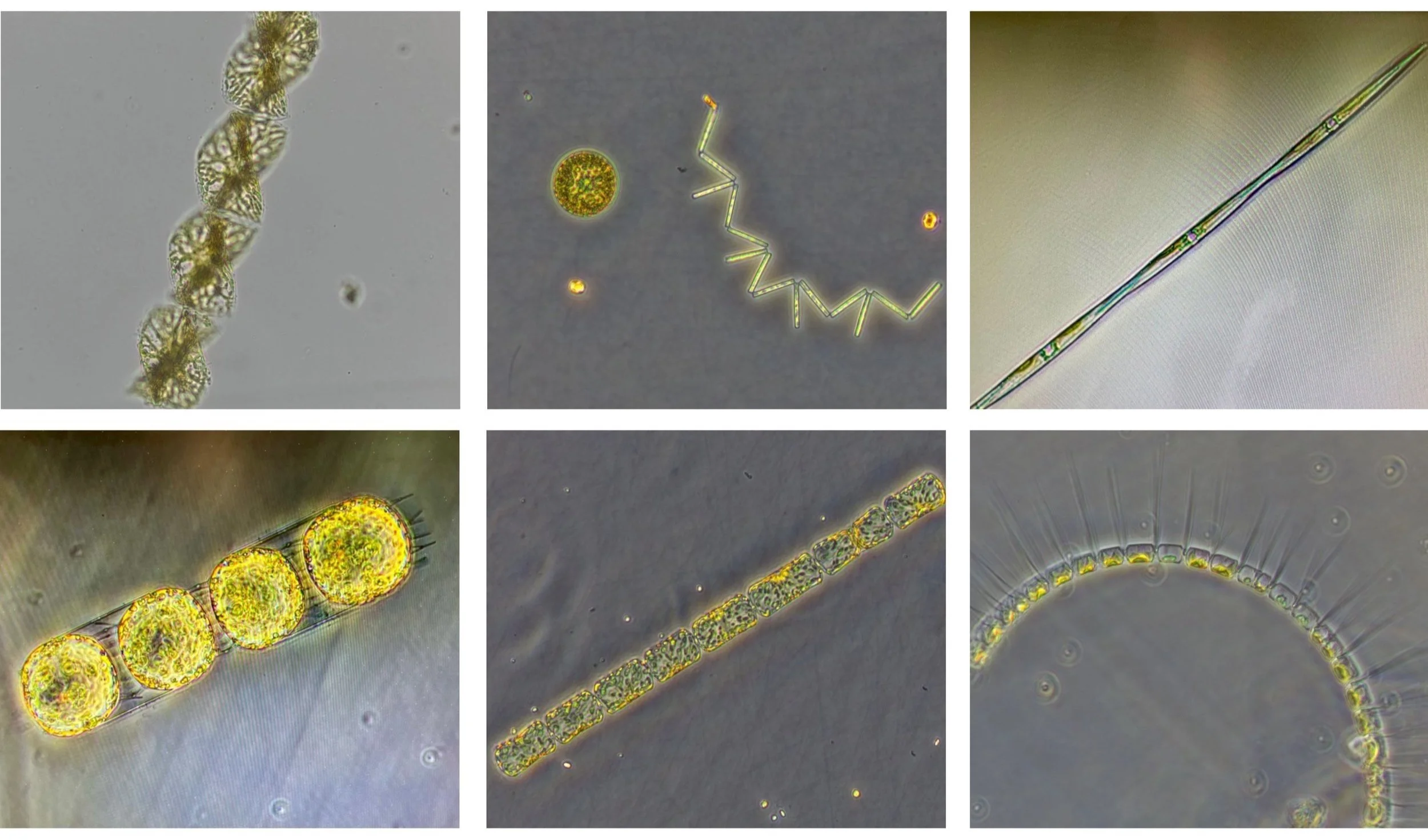Despite the many challenges posed by climate change — such as three major present-day threats to marine ecosystems: ocean warming, deoxygenation, and acidification — the ocean remains one of the planet’s main climate regulators. It absorbs about ca. 30% of human-emitted atmospheric CO₂ and more than 90% of the excess heat generated by greenhouse gases. However, its capacity to absorb these is limited and increasingly tested (IPCC report).
Faced with the climate emergency, a promising solution has emerged: Ocean Alkalinity Enhancement (OAE) — an innovative approach aimed at boosting the ocean’s natural ability to absorb and store atmospheric CO₂. The concept is simple yet powerful: the more alkaline the seawater, the more CO₂ it can take up without increasing its acidity. OAE falls under the umbrella of Carbon Dioxide Removal (CDR) technologies — human-developed solutions to durably remove CO₂ and help meet net-zero targets.
It is precisely within this context that Portugal joined an ambitious scientific initiative in 2024: the Ocean Alkalinity Enhancement Pelagic Impact Intercomparison Project (OAEPIIP), designed to investigate the potential impacts of OAE on marine life.
Our dear MSc students Pedro Canhas (MSc in Marine Sciences at FCUL, Portugal) and Yéléna Callegaro (ERASMUS+ trainee from the Polytech Clermont-Ferrand University School of Engineering Sciences, France), who eagerly immersed themselves in every aspect of the operations related to the preparation, testing and implementation of our OAEPIIP experiment at FCUL.
🔬 What is OAEPIIP?
OAEPIIP is the first globally coordinated experimental study on OAE, led by the Institute for Marine and Antarctic Studies, Ecology and Biodiversity (IMAS-University of Tasmania, PI: Dr. Lennart Bach), and endorsed by SOLAS (Surface Ocean–Lower Atmosphere Study) with funding from the Sea to Carbon Initiative. It currently includes 19 countries — Portugal among them — and aims to run standardised microcosm experiments to assess how plankton communities respond to OAE.
🧪 How Does It Work?
OAE involves the addition of alkaline substances — such as sodium hydroxide (NaOH) — to seawater, thereby enhancing its CO₂ absorption capacity. But before this solution can be considered for large-scale deployment, its environmental safety must be evaluated. OAEPIIP adopts a clever approach: participating countries run identical experiments in their local geographical ocean contexts using 55 L FermZilla tanks (originally designed for home brewing!). This global alignment ensures that results are comparable across regions, paving the way for a comprehensive global intercomparison study.
🇵🇹 The Portuguese Experiment
Portugal’s involvement is coordinated by the Marine and Environmental Sciences Centre (MARE-Lisboa) and the Department of Plant Biology (DBV) at the Faculty of Sciences of the University of Lisbon (FCUL). The initiative brings together a multidisciplinary team from FCUL, including the Departments of Chemistry & Biochemistry (DQB), Geology (DG), as well as the Instituto Dom Luiz (IDL), and Centro de Química Estrutural (CQE), in collaboration with the Hydrographic Institute (IH) and the Portuguese Institute for Sea and Atmosphere (IPMA). Our OAEPIIP microcosm experiment ran from 19 May to 7 June 2025, but the journey began in mid-2024 with intensive planning. One of the first challenges was creating a suitable space at FCUL where spring-like Atlantic coastal conditions (light and temperature) could be replicated and kept stable in the lab — reflecting those found in Cascais Bay, a key long-term plankton monitoring site maintained by IPMA.
Scenes from Day Zero of our OAEPIIP experiment: the day began with the filling of our microcosm tanks with natural seawater collected from Cascais Bay, on Portugal’s west coast. Once filled, the tanks were carefully transported to the temperature-controlled laboratory at FCUL in Lisbon, where the experiment would take place. A special thanks to our project partners João Duarte (IH) and Mário Abel Gonçalves (IDL-FCUL), who played a key role in coordinating the logistics of seawater collection and transport. Thanks to their efforts, all tanks arrived at the lab safely and in perfect condition, ready to kick off the experiment.
In addition to filling the microcosm tanks, our team - including researchers from MARE, IDL, IH and IPMA - also collected seawater samples to characterise the in-situ hydrological and biological conditions in Cascais Bay, providing a valuable baseline for comparison with all experimental data from the tanks. This initial survey included measurements of temperature, alkalinity, pH, and chlorophyll-a concentrations, as well as the collection of plankton community samples. Interestingly, the seawater was marked by a bloom of Mesodinium rubrum — a free-living, red-tide marine ciliate commonly found in coastal waters during spring. This natural event added an extra layer of ecological relevance to our experiment.
Thanks to fruitful collaboration between FCUL colleagues from MARE, BIOISI, DBV and GOME, room 2.1.19C-S1 at FCUL was equipped and climate-controlled just in time to start the experiment. On the morning of 19 May, with the support of IH and a previously tested crane truck, seawater was collected at Marina of Cascais and transferred into nine 55 L microcosm tanks.
Back at FCUL, the tanks were installed in a dedicated temperature- and light-controlled room. Each tank had two heat belts to induce gentle convective mixing. The experimental setup included:
3 control microcosms (representing unaltered in-situ marine conditions)
3 “unequilibrated” OAE treatments (simulating the immediate aftermath of alkalinity addition, before CO₂ influx)
3 “equilibrated” OAE treatments (simulating seawater that has already reached CO₂ equilibrium with the atmosphere).
Over the course of 20 days, 12 parameters were monitored — some daily, such as temperature and pH — resulting in over 1,050 physical, biogeochemical and ecological observations.
Day Zero of our microcosm experiment: all nine tanks were set up in their designated positions in front of the light source, inside the temperature-controlled room. To avoid any position-related bias in light or temperature exposure, the tanks were randomly rotated daily throughout the experiment. In the top photo, our project partner Cristina Oliveira, a chemistry researcher at FCUL-CQE, is seen introducing the pre-prepared alkalinity treatments. Below, Catarina V. Guerreiro and Yéléna Callegaro carry out the sampling of the microcosms using a peristaltic pump. Afterward, Yéléna processed the samples for alkalinity and pH measurements, to be analysed in the chemistry lab.
Meet the OAEPIIP Portugal team who ensured the successful monitoring of our nine microcosm tanks over 20 days of experiment. Pictured (from left to right) are: Catarina V. Guerreiro and Yéléna Callegaro; Ana Amorim and Afonso Ferreira; Joana Cruz; Helena David and Sofia Nogueira; Maria Manuel Angélico and Catarina Churro; André Sobrinho-Gonçalves; Luísa Damaso; and Cristina Oliveira, Carlos Borges and Pedro Canhas (as seen in the group photo below). Their work was essential for the consistent collection and processing of data, which included: temperature and light measurements, as well as the sampling and analysis of key parameters such as pH, alkalinity, salinity, macronutrients, chlorophyll-a, POC-PON, biogenic silica (bSiO₂), flow cytometry, eDNA, and phytoplankton and zooplankton community composition.
🔬 Why Plankton?
Plankton communities form the foundation of marine food webs and play a key role in the global carbon cycle. Understanding how they respond to chemically altered seawater is essential to evaluating the ecological safety and sustainability of ocean-based climate solutions like OAE.
These are some of the beautiful planktonic diatoms that we found in our microcosm tanks during the Portuguese OAEPIIP experiment. From left to right and top to bottom, Helicotheca sp.; Thalassionema sp.; Pseudo-nitzschia sp.; Stephanopyxis sp.; Dactyliosolen sp.; Chaetoceros sp.
🌐 Global Science for a Global Ocean
The ocean already absorbs about 30% of human CO₂ emissions and over 90% of the excess heat from global warming. Strategies like OAE aim to amplify this natural buffer. But such interventions must be thoroughly studied, to ensure that climate benefits do not come at the expense of ocean health. OAEPIIP is more than a scientific experiment — it is a global collaborative effort aiming to produce comparable, high-quality data to inform evidence-based policy decisions. This initiative exemplifies the kind of solution-oriented science needed in the face of global climate challenges.
🔬 What’s Next?
We are now in Phase 3 of the project: analysing all the samples collected during the experiment. In the coming months, we hope to share the first results from Portugal’s contribution to this pioneering global effort. Portugal is helping answer one of the most pressing questions of our time: Can the ocean help us correct carbon imbalance without harming marine ecosystems?
Stay tuned for updates! 🌊
Some of our team members celebrating the end of the last day of our OAEPIIP experiment at FCUL. Other colleagues which also helped during Phase 1 (preparation) and Phase 2 (implementation) of the project include foremost our project members Vanda Brotas (MARE-FCUL, Barbara Anes (CQE-FCUL), Barbara Frazão (IPMA), Elisabete Henriques (IPMA), and Mário Cachão (IDL-FCUL), but also Luis Marques (FCUL), Paulo Silva (FCUL), Pedro J. M. Costa (UC), and our students Daniel João, Leonor Paulo and João Sobreira from FCUL, and João Caetano from UC.






